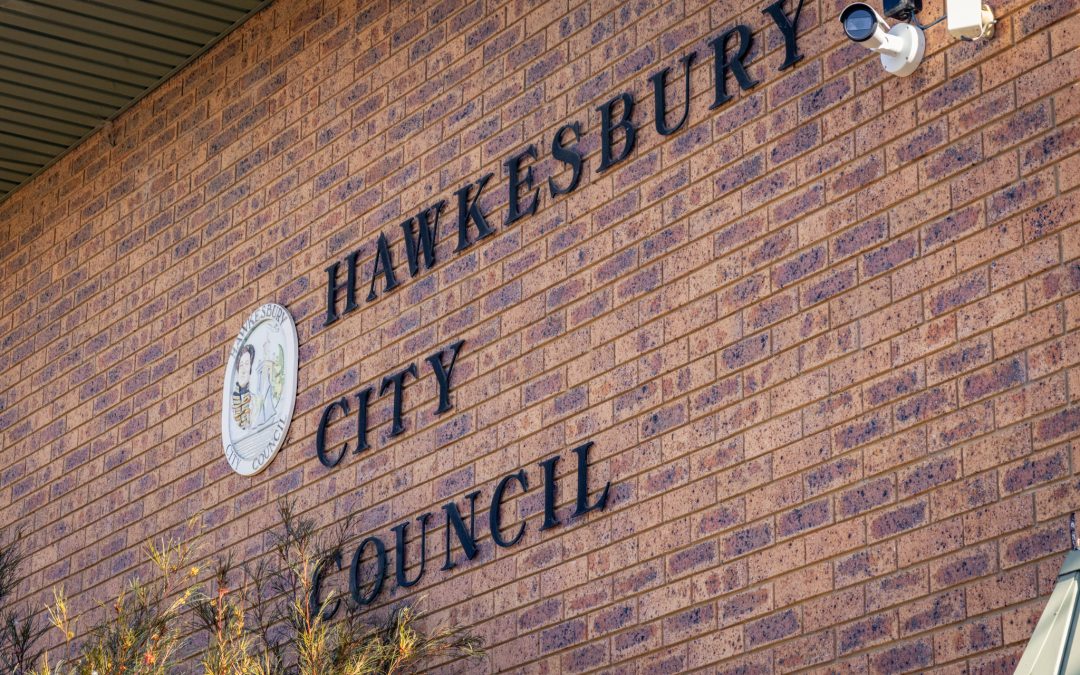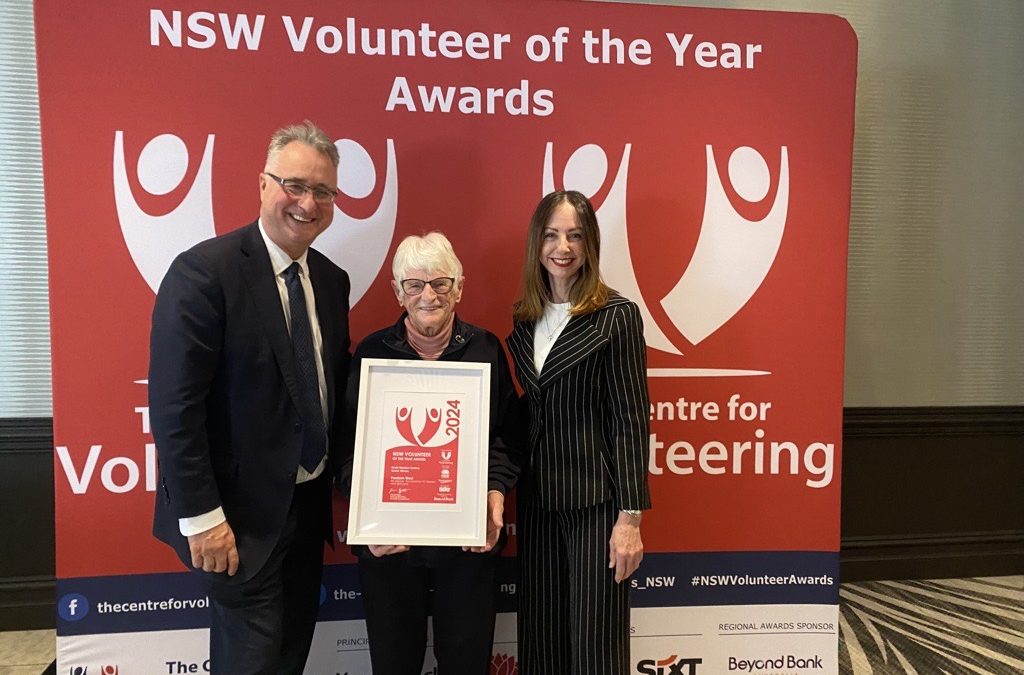Hawkesbury Post contacted all...


Hawkesbury Post contacted all...

In a heartwarming recognition of community...

After more than two decades of dedicated service, the...

The Richmond greyhound racetrack on Londonderry Rd has the dubious honour of becoming Australia’s deadliest dog racing track this year after a young dog died racing there on September 3, but Greyhound Racing NSW CEO Tony Mestrov says greyhound racing in Australia has never been safer.
When 22-month old greyhound Tarawi Chrissy fell during Race 5 at Richmond Race Club on a Friday almost two weeks ago, her death pushed the Richmond track to the unenviable top position, with nine racing dogs dead so far this year at the track.
But if it hadn’t been for COVID, it’s unlikely the Richmond track would have got that terrible ranking right now.

Richmond race track – concerning numbers…
“If some statistics may periodically be up in Richmond, they are down elsewhere,” says Mr Mestrov.
“The net result will remain on the same downward trajectory in our efforts concerning animal welfare, yet activists will only target the one subset of data they can get an easy headline from.”
According to the steward’s report, Tarawi Chrissy collided with other dogs and sustained compound fractures of her foreleg and was euthanised by the on-track vet. The official racing video has edited out the fall.
She is the forty-third dog to die racing in NSW this year. Compared to the same period last year (1 Jan – 3 Sep), racing deaths in NSW have increased 38.7%, says greyhound welfare group the Coalition for the Protection of Greyhounds (CPG).
Some 112 greyhounds have died nationwide in 2021 while racing, according to official figures.
And 397 greyhounds have been injured at Richmond this year – 2055 in NSW, and 6804 nationwide.
Dennis Anderson, President of the CPG, told the Post, “Tarawi Chrissy was a young dog that died a typical greyhound racing death – euthanised with a broken leg after falling on a curved track, in a race with too many dogs.
“Due to COVID, more dogs are now racing at Richmond, which means more dogs are dying,” he says.
“How on earth can the deaths and injuries of greyhounds be considered an essential service during a pandemic?
Greyhound Racing was briefly banned in NSW back in 2015 due in large part to graphic video of racing greyhounds being trained to chase live bait – live animals including possums – revealed on an ABC TV investigation. But then NSW Premier Mike Baird did a back-flip not long after and allowed the business and sport to resume, albeit with much tighter controls over the industry.
When it comes to the numbers at Richmond, COVID has had an impact, with the main racing centre at Wentworth Park closed to limit travel and comply with government health orders, which has meant more races at Richmond.
Since the beginning of April that’s seen 68 meetings and 698 individual races at our local track. If it hadn’t been for those numbers, it’s likely Richmond wouldn’t have reached the deaths milestone, simply because the racing would have been spread out more evenly at other venues.
“Richmond has been a racetrack that has seen a significant increase in racing due to our closure of other centres during COVID-19, which has been done to comply fully with NSW Government health and safety orders,” says Greyhound Racing NSW CEO Tony Mestrov.
“It’s one of the reasons we have gone to great lengths over the past few years, working with government and all stakeholders to upgrade tracks and increasing our investment into animal welfare to record levels.”
Richmond track has benefitted from improvements, with a new straight track put in earlier this year and officially opened by Hawkesbury MP Robyn Preston in April. Most greyhound deaths occur when racing on curved tracks, which Richmond also uses.
“The fact is that greyhound injuries on track – and those that are classified by our regulators as catastrophic – have declined significantly over the past four years,” says Mr Mestrov.
“They are at their lowest levels on record. The rate per 1000 starters is a common industry metric across jurisdictions, and in NSW it has decreased from 1.6 in 2016-17 to 1.4 in 2017-18 and 0.7 in the past two years. Fewer greyhounds per 1000 starts sustain these injuries on track than ever before, and this fact is well documented and available for all to see.


Dog lovers – Greyhound Racing’s Tony Mestrov (left) and Coalition for the Protection of Greyhounds’ Dennis Anderson
“The trend is always ignored by animal welfare groups and activists who would prefer it not to be known that greyhound racing in NSW has never been safer, never seen more of its dogs re-homed and never been driving welfare and integrity as hard with a singular focus,” he said.
He added that this year GRNSW will report 1880 assisted greyhound re-homings, he says that’s a record number, and he claims is another part of the transformation of the NSW industry that is widely acknowledged.

Greyhounds running – Richmond Race Club’s recently opened straight track
“Our industry’s focus on animal welfare is clear to all and evidenced not only by record re-homings and decreasing injury ratios, but also by the world-first greyhound farm sanctuary being built in the Hunter Valley and new greyhound care schemes that will eliminate unnecessary euthanasia. In NSW, we are leading the world in greyhound care and welfare.
“I am concerned that some animal welfare groups ignore the broader facts in a very selective portrayal of any data that they tailor specifically for individuals in parts of the media. It is misleading and irresponsible.”
“There are thousands of participants and many more thousands of local citizens who benefit from the more than $48 million that the greyhound industry generates annually to the local Western Sydney economy alone,” he said.
“More than 75% of our industry’s participants live in these regional and rural pockets of NSW and they know only too well how some animal welfare groups target their local neighbourhoods with a selective manipulation of statistics in a cookie-cutter but targeted approach to local radio, TV, print and online outlets with a mission of propaganda that attempts to harm a legal industry and sport.
“Greyhound racing in NSW has never been more popular across age demographics, never been safer, never had more investment on all animal welfare fronts, and never been better placed to achieve its goal of a responsible, sustainable and vibrant legal industry for its participants and communities.”
If you are already a Hawkesbury Post supporter, thank you! Our site is free, relying on our supporters to operate. Independent journalism is more important than ever, please consider contributing.
Don’t pay so you can read it. Pay so everybody can read it!